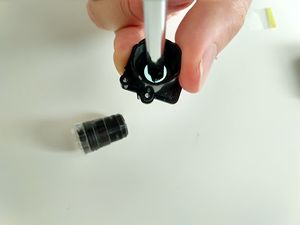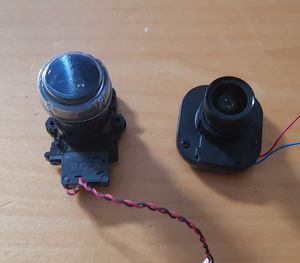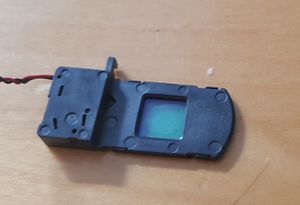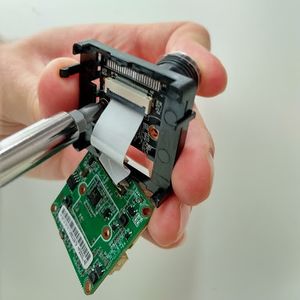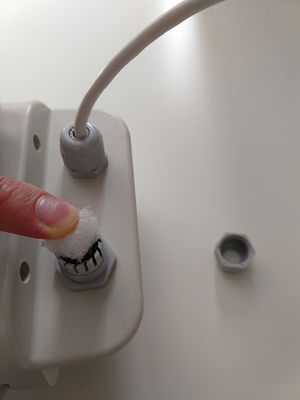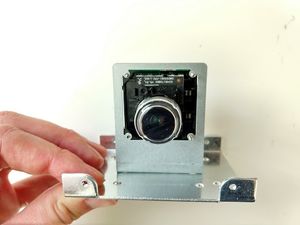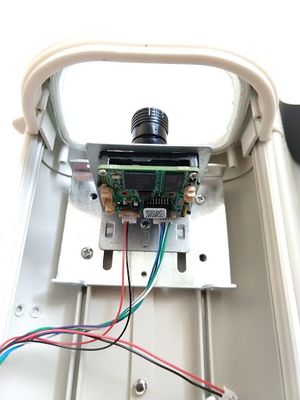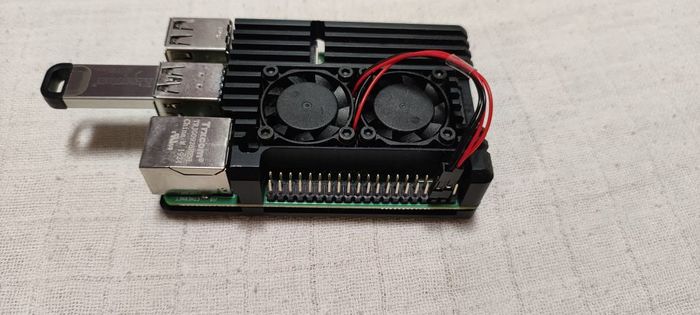Build the camera itself: Difference between revisions
Jump to navigation
Jump to search
RadimStano (talk | contribs) No edit summary |
RadimStano (talk | contribs) |
||
| Line 39: | Line 39: | ||
[[File:lensattaching.jpg|thumb|right|Attaching the Lens]] | [[File:lensattaching.jpg|thumb|right|Attaching the Lens]] | ||
* Carefully unclip the circuit board from the plastic holder but do not detach the ribbon cable. | * Carefully unclip the circuit board from the plastic holder but do not detach the ribbon cable. (Only for IMX291, IMX307 is just a single board) | ||
* Using the supplied screws, attach the lens to the sensor. | * Using the supplied screws, attach the lens to the sensor. | ||
Revision as of 13:02, 26 November 2024
Howdy! This is probably the most fun part, where you will put all the pieces together. Follow the order of steps. If you'll find something not particularly clear, let us know in the forums, so we may fix it.
Assembly
[Note: there's a longer version of the camera assembly section of this page available on Google Docs. Please refer to this if you need more information.]
Preparing the Lens
Lens holder with single filter
Lens holder with electronic filter drawer
|
Attaching the Lens to the Camera
|
Preparing the Camera Housing
|
Attaching the CameraNote: I recommend installing the camera in the housing at this point so that you do not have to detach the cables or risk knocking focus later on. However, you can proceed to test focus etc before installing the camera in the housing if you wish. If you prefer to do that, skip this section for now and come back later. Otherwise:
See image for the proper camera board orientation, so the video is not sideways or upside down. |
Installing the Camera in the Housing
|
Perfect! Now you have the camera part ready. Let’s continue with flashing the RMS Linux image onto an SD card or a USB key. Back to the signpost page.
